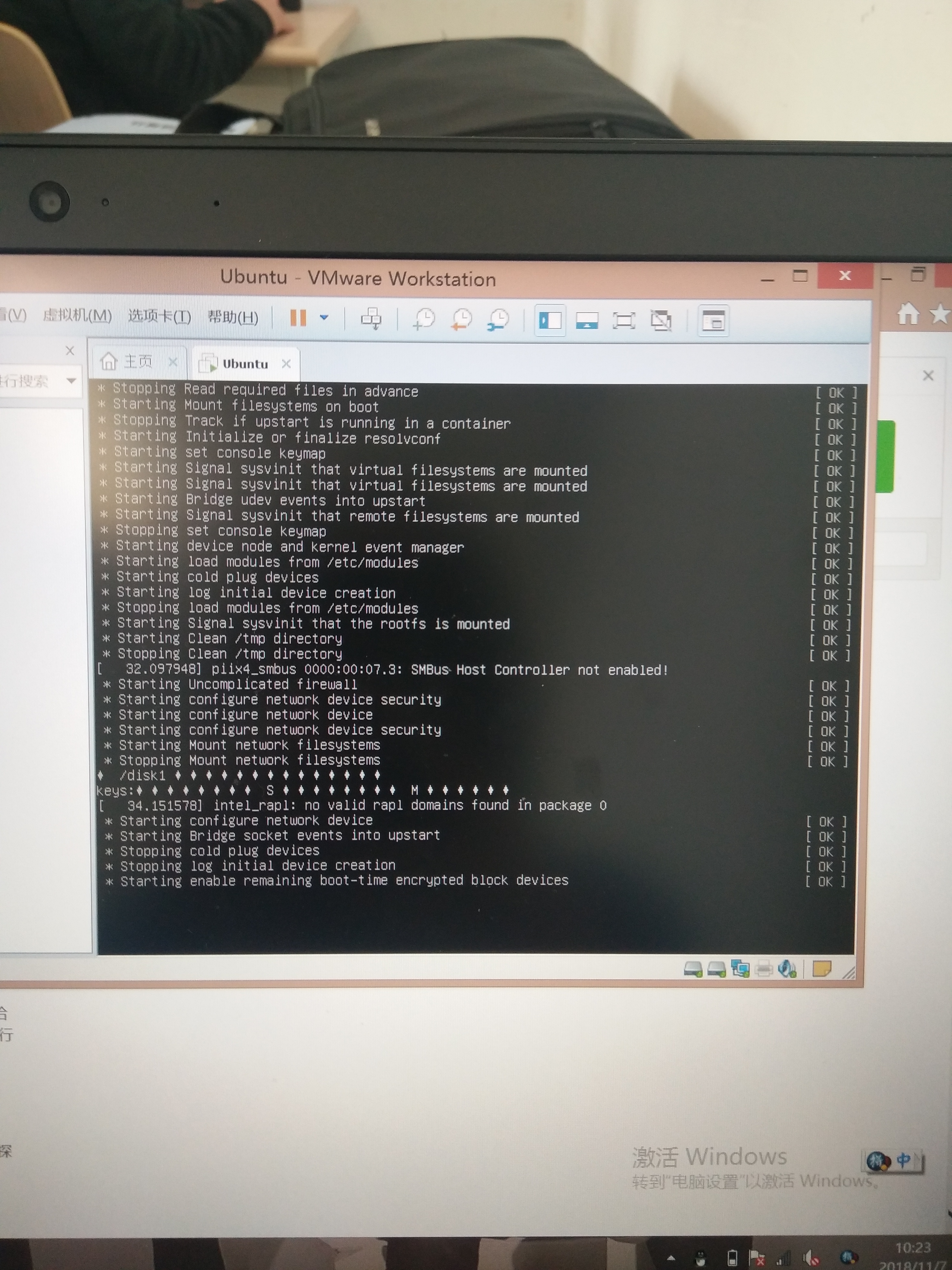可以将文章内容翻译成中文,广告屏蔽插件可能会导致该功能失效(如失效,请关闭广告屏蔽插件后再试):
问题:
Here are the codes:
$doc = new DomDocument(\'1.0\');
// create root node
$root = $doc->createElement(\'root\');
$root = $doc->appendChild($root);
$signed_values = array(\'a\' => \'eee\', \'b\' => \'sd\', \'c\' => \'df\');
// process one row at a time
foreach ($signed_values as $key => $val) {
// add node for each row
$occ = $doc->createElement(\'error\');
$occ = $root->appendChild($occ);
// add a child node for each field
foreach ($signed_values as $fieldname => $fieldvalue) {
$child = $doc->createElement($fieldname);
$child = $occ->appendChild($child);
$value = $doc->createTextNode($fieldvalue);
$value = $child->appendChild($value);
}
}
// get completed xml document
$xml_string = $doc->saveXML() ;
echo $xml_string;
If I print it in the browser I don\'t get nice XML structure like
<xml> \\n tab <child> etc.
I just get
<xml><child>ee</child></xml>
And I want to be utf-8
How is this all possible to do?
回答1:
You can try to do this:
...
// get completed xml document
$doc->preserveWhiteSpace = false;
$doc->formatOutput = true;
$xml_string = $doc->saveXML();
echo $xml_string;
You can make set these parameter right after you\'ve created the DOMDocument as well:
$doc = new DomDocument(\'1.0\');
$doc->preserveWhiteSpace = false;
$doc->formatOutput = true;
That\'s probably more concise. Output in both cases is (Demo):
<?xml version=\"1.0\"?>
<root>
<error>
<a>eee</a>
<b>sd</b>
<c>df</c>
</error>
<error>
<a>eee</a>
<b>sd</b>
<c>df</c>
</error>
<error>
<a>eee</a>
<b>sd</b>
<c>df</c>
</error>
</root>
I\'m not aware how to change the indentation character(s) with DOMDocument. You could post-process the XML with a line-by-line regular-expression based replacing (e.g. with preg_replace):
$xml_string = preg_replace(\'/(?:^|\\G) /um\', \"\\t\", $xml_string);
Alternatively, there is the tidy extension with tidy_repair_string which can pretty print XML data as well. It\'s possible to specify indentation levels with it, however tidy will never output tabs.
tidy_repair_string($xml_string, [\'input-xml\'=> 1, \'indent\' => 1, \'wrap\' => 0]);
回答2:
With a SimpleXml object, you can simply
$domxml = new DOMDocument(\'1.0\');
$domxml->preserveWhiteSpace = false;
$domxml->formatOutput = true;
/* @var $xml SimpleXMLElement */
$domxml->loadXML($xml->asXML());
$domxml->save($newfile);
$xml is your simplexml object
So then you simpleXml can be saved as a new file specified by $newfile
回答3:
<?php
$xml = $argv[1];
$dom = new DOMDocument();
// Initial block (must before load xml string)
$dom->preserveWhiteSpace = false;
$dom->formatOutput = true;
// End initial block
$dom->loadXML($xml);
$out = $dom->saveXML();
print_R($out);
回答4:
Two different issues here:
Set the formatOutput and preserveWhiteSpace attributes to TRUE to generate formatted XML:
$doc->formatOutput = TRUE;
$doc->preserveWhiteSpace = TRUE;
Many web browsers (namely Internet Explorer and Firefox) format XML when they display it. Use either the View Source feature or a regular text editor to inspect the output.
See also xmlEncoding and encoding.
回答5:
// ##### IN SUMMARY #####
$xmlFilepath = \'test.xml\';
echoFormattedXML($xmlFilepath);
/*
* echo xml in source format
*/
function echoFormattedXML($xmlFilepath) {
header(\'Content-Type: text/xml\'); // to show source, not execute the xml
echo formatXML($xmlFilepath); // format the xml to make it readable
} // echoFormattedXML
/*
* format xml so it can be easily read but will use more disk space
*/
function formatXML($xmlFilepath) {
$loadxml = simplexml_load_file($xmlFilepath);
$dom = new DOMDocument(\'1.0\');
$dom->preserveWhiteSpace = false;
$dom->formatOutput = true;
$dom->loadXML($loadxml->asXML());
$formatxml = new SimpleXMLElement($dom->saveXML());
//$formatxml->saveXML(\"testF.xml\"); // save as file
return $formatxml->saveXML();
} // formatXML
回答6:
Tried all the answers but none worked. Maybe it\'s because I\'m appending and removing childs before saving the XML.
After a lot of googling found this comment in the php documentation. I only had to reload the resulting XML to make it work.
$outXML = $xml->saveXML();
$xml = new DOMDocument();
$xml->preserveWhiteSpace = false;
$xml->formatOutput = true;
$xml->loadXML($outXML);
$outXML = $xml->saveXML();
回答7:
This is a slight variation of the above theme but I\'m putting here in case others hit this and cannot make sense of it ...as I did.
When using saveXML(), preserveWhiteSpace in the target DOMdocument does not apply to imported nodes (as at PHP 5.6).
Consider the following code:
$dom = new DOMDocument(); //create a document
$dom->preserveWhiteSpace = false; //disable whitespace preservation
$dom->formatOutput = true; //pretty print output
$documentElement = $dom->createElement(\"Entry\"); //create a node
$dom->appendChild ($documentElement); //append it
$message = new DOMDocument(); //create another document
$message->loadXML($messageXMLtext); //populate the new document from XML text
$node=$dom->importNode($message->documentElement,true); //import the new document content to a new node in the original document
$documentElement->appendChild($node); //append the new node to the document Element
$dom->saveXML($dom->documentElement); //print the original document
In this context, the $dom->saveXML(); statement will NOT pretty print the content imported from $message, but content originally in $dom will be pretty printed.
In order to achieve pretty printing for the entire $dom document, the line:
$message->preserveWhiteSpace = false;
must be included after the $message = new DOMDocument(); line - ie. the document/s from which the nodes are imported must also have preserveWhiteSpace = false.




